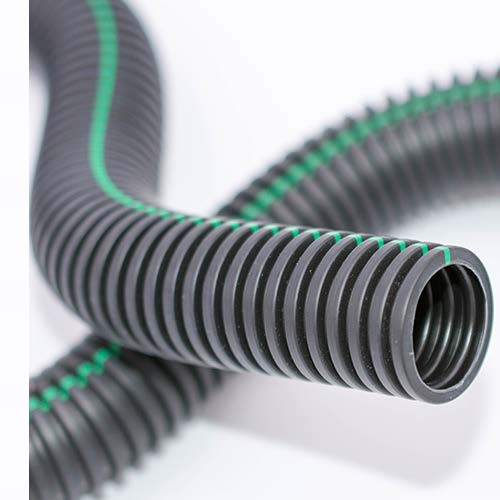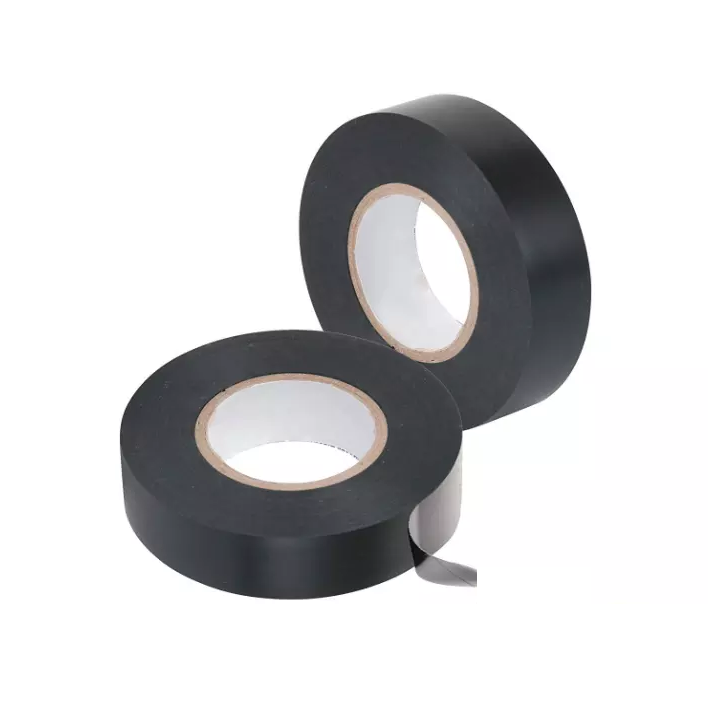Convoluted tubing material PP Brand Delfingen SOFLEX PPME 125℃
What does the convoluted tubing do?
The wire harness is the central nervous system of automobiles. Various harness binds are used to fix and protect it, and convoluted tubing accounts for 60% or even more. Because the convoluted tubing has its unique function in protecting the harness:
1.Protect
The convoluted tubing is the outermost part of the wire harness, so it can protect the wire body from wear and corrosion of the external environment
2. Shock absorption
The convoluted tubing has axial expansion capacity and radial expansion capacity. So, it can cushion the vibration.
3. High-temperature resistance
The wire harness is generally fixed in the slot in the engine compartment of the car, especially the wire harness around the engine. The car engine will produce high temperatures after long-term operation. If there is no protection, the insulation layer of the wire body will soften soon, so use it to protect the wire body from damage.
Why is 60% of the wire harness wrapping convoluted tubing?
☞ It is very soft and can be bent into different angles according to needs, which is unmatched by other materials.
☞ It is wear-resistant, high-temperature resistant, fireproof and flame retardant, easy to operate, economical and applicable.
☞ It can also be resistant to acid, alkali, corrosion and oil stain.
☞ It can also be resistant to high temperature and the temperature resistance is generally between -40~150℃.
The corrugated pipe materials
The commonly used materials for automobile wire harnesses include polypropylene (PP), nylon (PA6), polypropylene modified (PPmod) and triphenyl phosphate (TPE). Common inner diameter specifications range from 4.5 to 40.
● PP: The temperature resistance of PP corrugated pipe reaches 100 ℃, which is the most used one in the harness;
● PA6: The temperature resistance of PA6 corrugated pipe reaches 120 ℃, which is outstanding in flame retardancy and wear resistance;
● PPmod: PPmod is an improved polypropylene type with a temperature resistance of 130 ℃;
● TPE: TPE has a high-temperature resistance, reaching 175 ℃.








